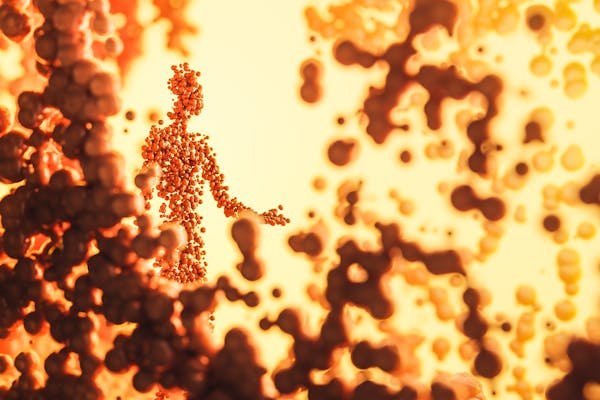JWST Detects Organic Molecules in Space Ice, Revealing Life’s Earliest Ingredients
By Zane Carter
JWST Detects Complex Organic Molecules in Interstellar Ice
The question of how life begins often starts not with biology, but with chemistry—and the James Webb Space Telescope just took that conversation deeper into space than ever before.
In an extraordinary find, JWST has detected a range of complex organic molecules—including methanol, formaldehyde, carbon monoxide, carbon dioxide, methane, and ammonia—embedded in interstellar ice within the Chamaeleon I dark molecular cloud, a cold region of deep space where stars and planets begin to form.
“These are the raw ingredients for life as we know it, and we’re seeing them well before planets have even formed,” said Dr. Melissa McClure, lead author of the Ice Age program behind the discovery.
(Source: NASA)
The Ice Chemistry of Cosmic Beginnings
Using JWST’s Near-Infrared Spectrograph (NIRSpec) and Mid-Infrared Instrument (MIRI), the team was able to capture absorption features from frozen molecules embedded in dust grains drifting through deep space.
This is the first time these chemicals have been directly identified in such a cold, starless environment, suggesting that prebiotic chemistry doesn’t need planets—or even stars—to begin.
Among the molecules identified:
Methanol (CH₃OH), a key precursor to more complex organic chemistry
Formaldehyde, used in laboratory synthesis of sugars and amino acids
CO and CO₂, essential for energy cycling in planetary atmospheres
Why This Matters for the Origin of Life
These frozen molecules could one day be incorporated into comets, asteroids, or planets. If star systems form around icy grains rich in organics, it boosts the likelihood that life’s basic building blocks are seeded early and universally across the galaxy.
It also repositions our understanding of the “habitable zone.” Life-friendly chemistry might begin long before a planet or a sun even exists.
Opening the Molecular Map of the Galaxy
This detection is just the first in a series of deep-ice surveys planned for use with JWST. Future targets include:
Dense regions within the Taurus Molecular Cloud
Young protostellar systems with disks forming planets
Cold zones in nearby galaxies, like the Large Magellanic Cloud
If organics are common in these locations, too, it could mean that the seeds of life are more cosmically abundant than anyone dared assume.
The future’s unfolding—and we’re decoding it one trend at a time.
— Zane


